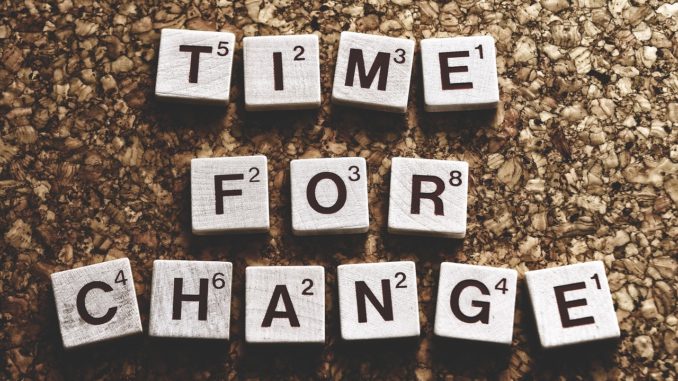
Jean Gamester looks at the four steps you need to take to make a big change in your business or personal life – and relates each step to her own experience of making a major, lasting change in her life
Twelve years ago I needed to get over my fear of presenting to the project teams I was leading, so I joined a club that encouraged confidence in public and impromptu speaking. I realised we learn to be better speakers through going through cycle after cycle of observing, feeding back and trying out.
I eventually considered doing postgraduate research, but I imagined a lonely and miserable time stuck at my desk. Discovering action research, which involves working with other people, and the kinds of feedback loops I had found so valuable, was the breakthrough I needed.
After only 18 months my research is underway and the process is already having a big impact in my life and work. Here are the stages I’ve identified and how these chimed with my experience; I hope others involved in education will find this of value.
1. Noticing your experience
The first stage is noticing what is actually going on. We repeat patterns, playing out ‘rules’ about how life works and how we’re expected to be. One of the ‘rules’ I’d learned was that a proper Irish girl’s dinner involved meat and two vegetables. However, I was beginning to ‘notice differently’ – for example, paying much more attention to nature on walks with my dog Betsy. On its own, the noticing of nature wouldn’t have led me to make a big change. But then I went deeper…
2. Delving deeper
This involves delving into our subconscious minds to pull out what’s really going on in there, going past the ‘rules’ and repeating patterns in our lives. Some people do this via painting, sculpture or photography, others through poetry and stories, and some do a bit of all of these.
Initially I thought this a bit weird; how does ‘serious research’ involve playing with paint and poetry?! But it really made a difference. I shared stories, like when I visited an abattoir in my early 20s. I drew pictures of me sitting inside trees and wrote poems about the nature I walked in with Betsy.
Finally, I found a picture of a giant lobster holding a human over a pot of boiling water. He’s explaining to another lobster that the human isn’t screaming; the sound’s just the noise it makes when it touches the water. That picture was the tipping point. I felt really, really uncomfortable about using animals for food any more, and decided to try out not eating meat or fish.
3. Exploring ideas
Experimenting with being vegetarian meant big changes. I imagine I wouldn’t have lasted without this third stage; it’s about exploring ideas and going beyond the ‘rules’ and ‘facts’ we take for granted.
I explored ideas from many different perspectives, allowing me to see what other people said about nature, how we often separate our bodies from our minds, how we absorb expectations about how to feed our bodies and how to appear.
Exploring others’ ideas allowed me to understand and develop my own. I became clearer about what I stood for and how I might keep the change going.
4. Putting into practice
This all came together into a new, more confident way of being with food. I no longer felt obliged to eat meat and fish just because I’d previously done so. I could handle other people’s responses to my choice. I became more confident about trying out new foods.
These steps to change are things anyone can do. Pay attention to what’s going on around you, find ways of going deeper into what it means for you and explore ideas so you can be clearer on what’s possible and what’s important to you.
These steps can help make lasting change in your life and work.

Be the first to comment